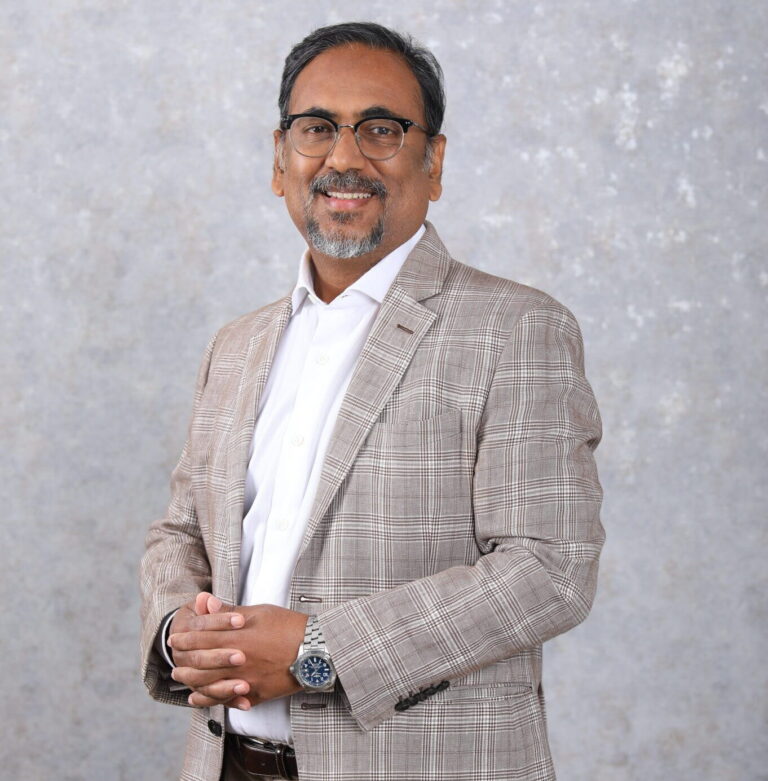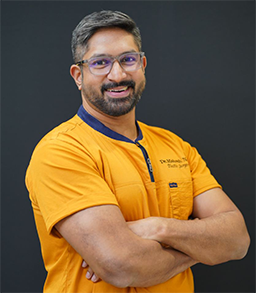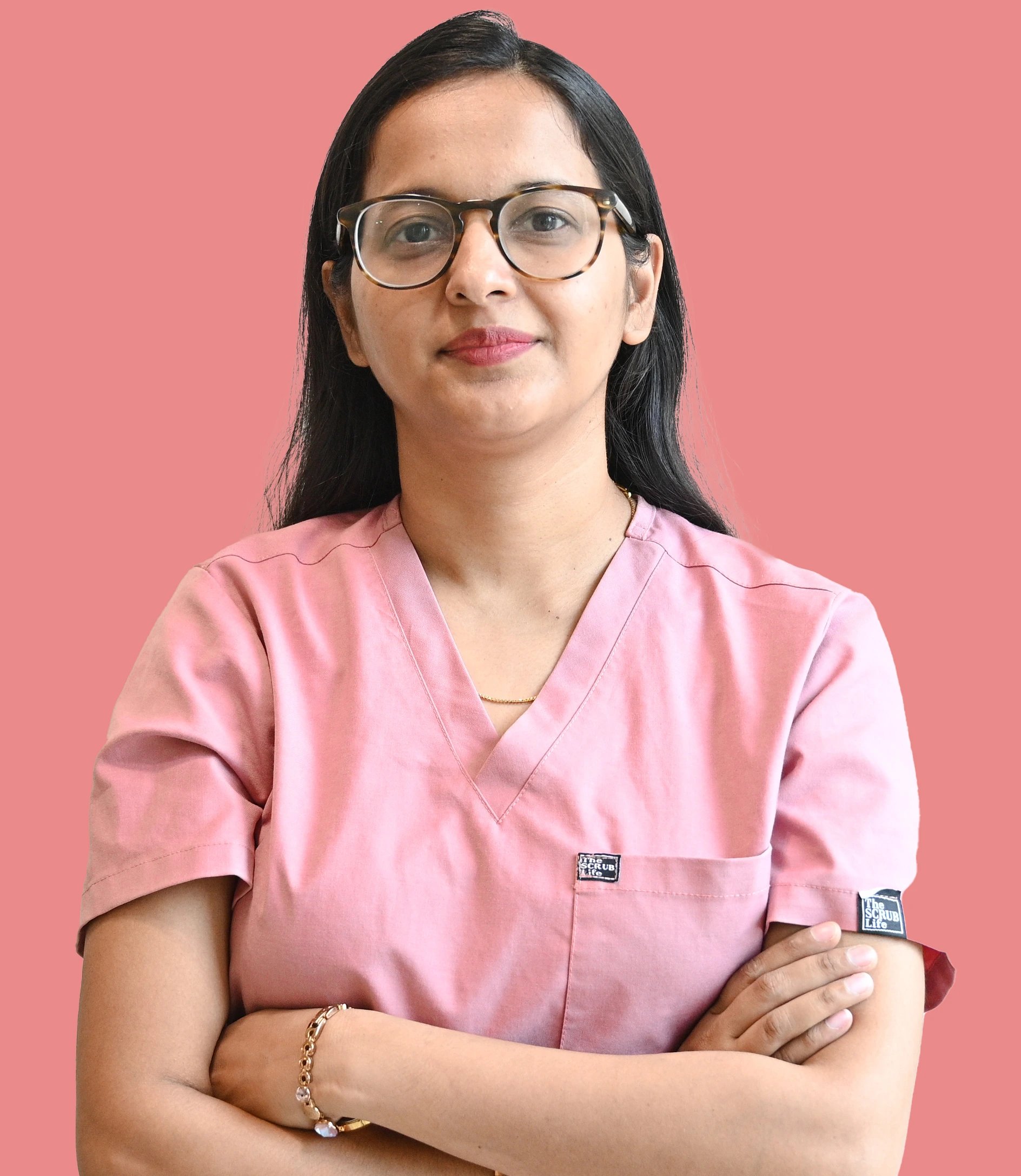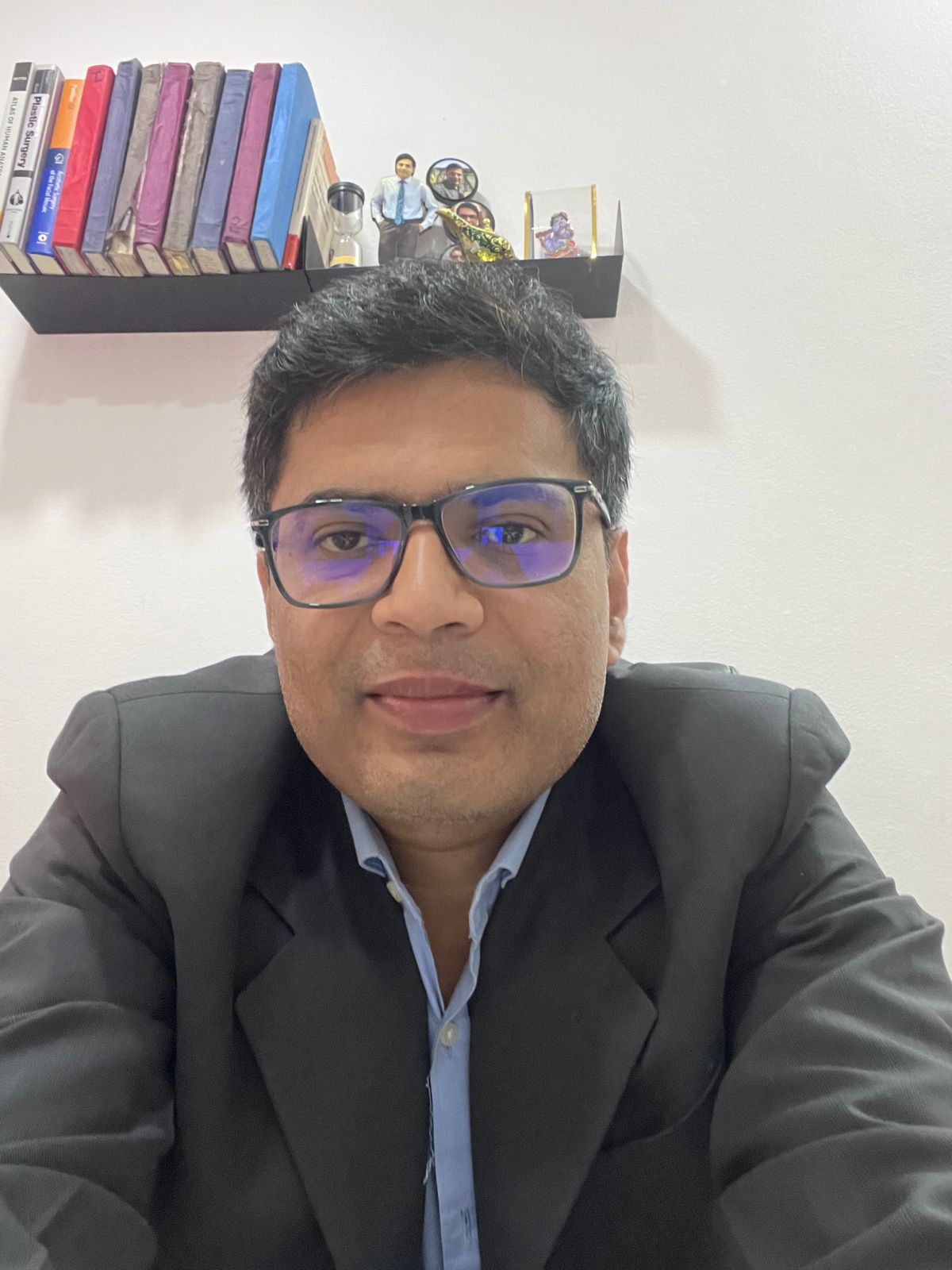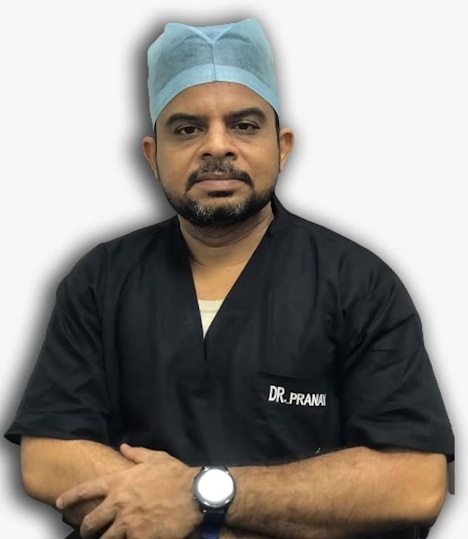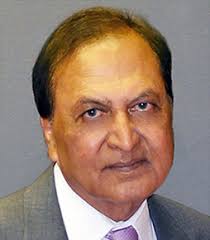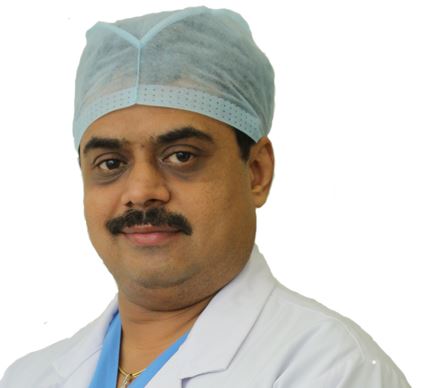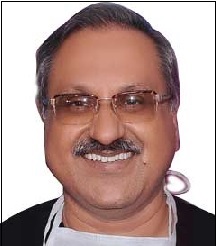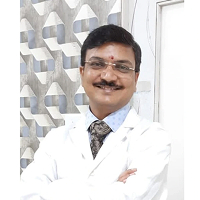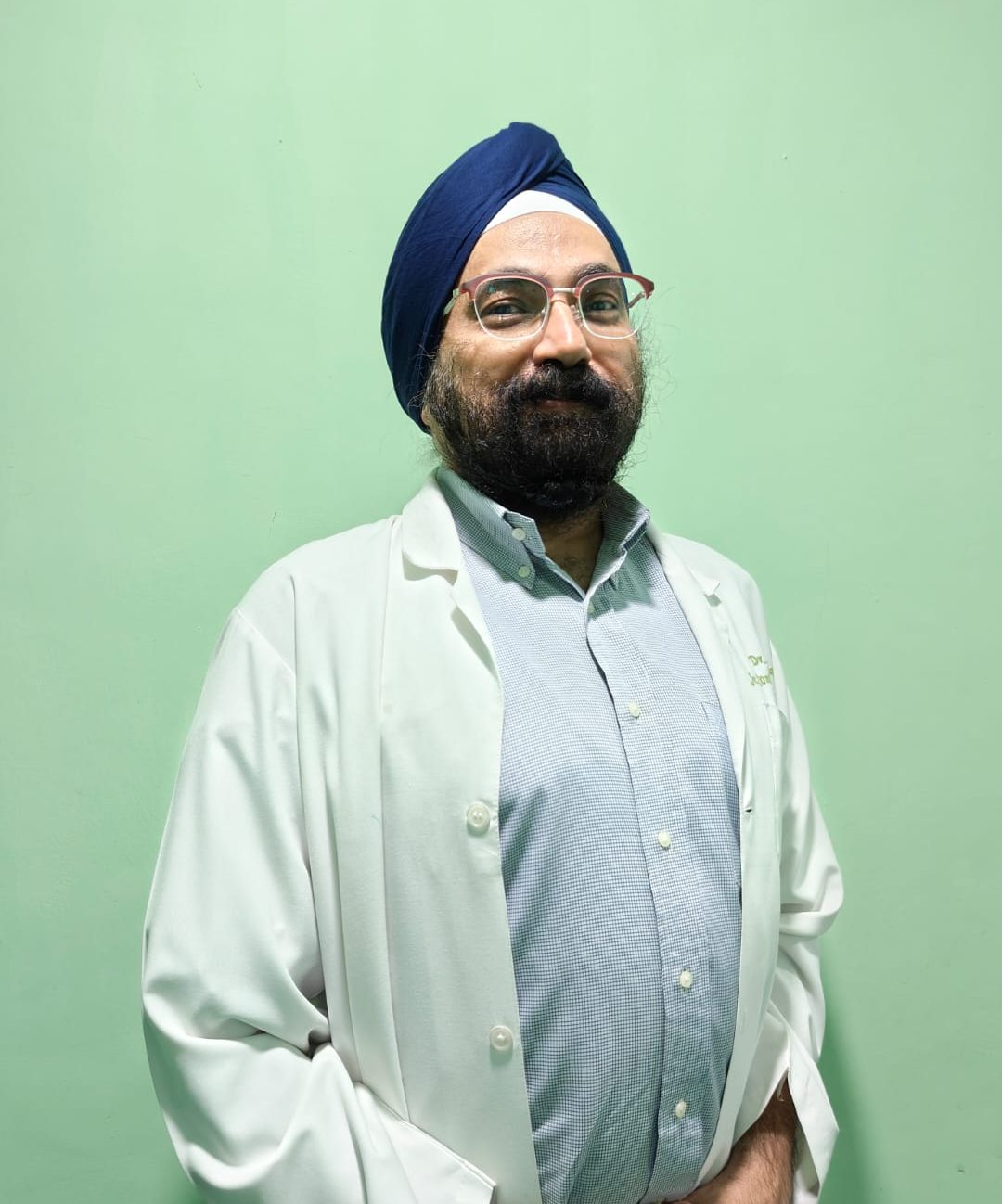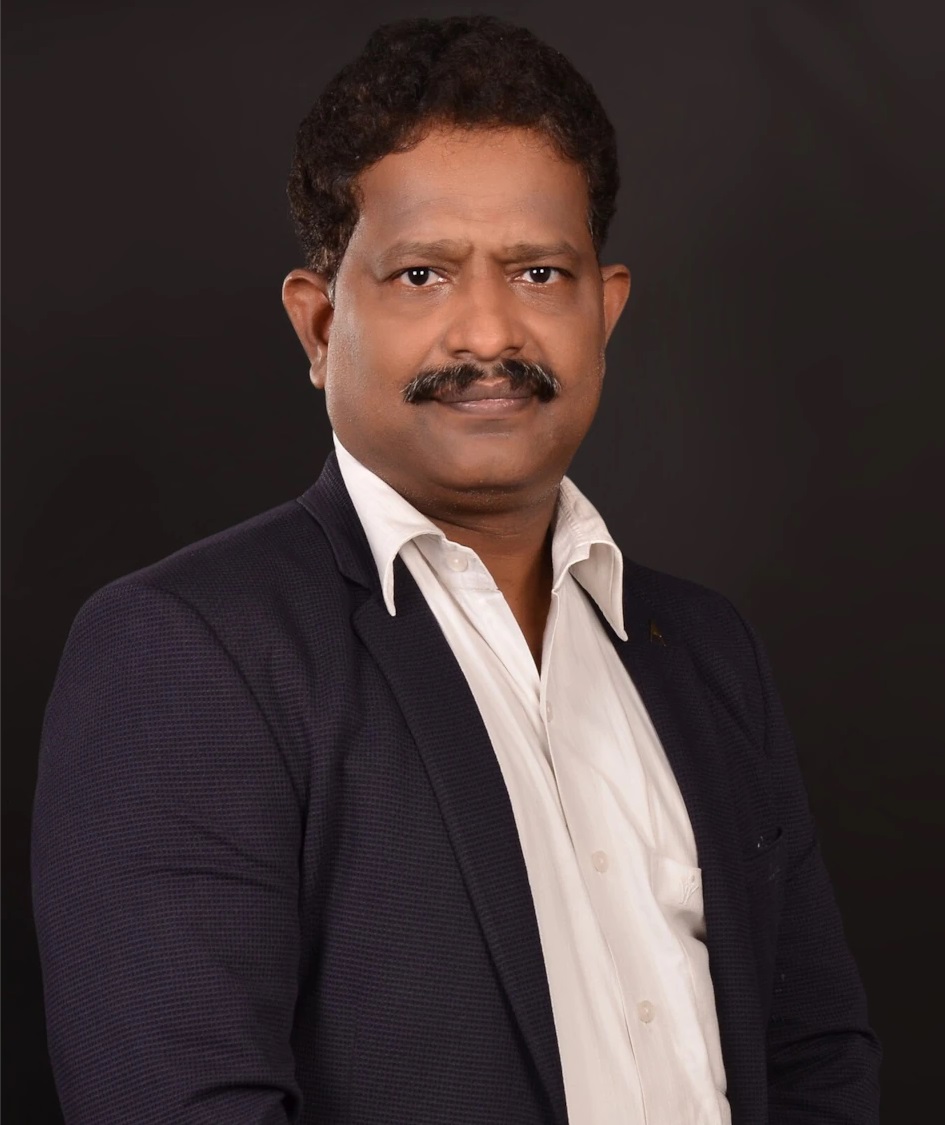The Many Benefits of Body Contouring
Introduction
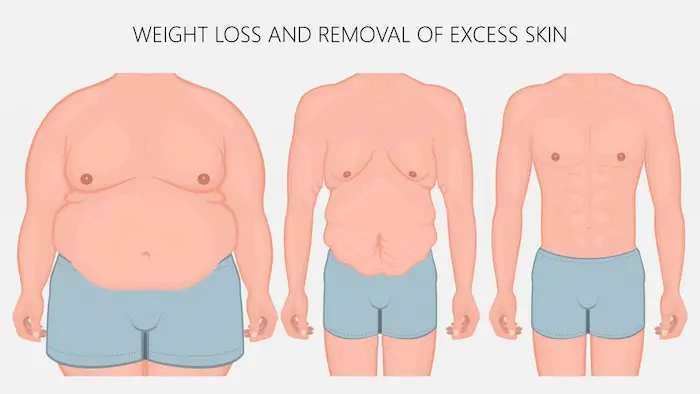
Body contouring surgery helps to remove excess skin remaining underlying fat after significant weight loss. It combines various cosmetic surgery procedures to enhance body appearance.
After dietary weight loss and Bariatric Surgery as a patient sheds weight, the excess skin sags and hangs around the body in an unesthetic manner. This happens since due to stretching, it has lost its elasticity.
Body contouring surgery after weight loss is helpful in restoring the contours of the body to its near normal shape.
Things to Know Before considering Body Contouring Surgery
Before you go for body contouring, it is essential to know a few prerequisites and risk factors associated with it.
• The procedure should be considered when the body weight loss has reached a finality and the individual and treating plastic surgeon have achieved their objective of weight loss. For, if you continue to lose further weight after body contouring procedures, you may again get folds of fat and tissues hanging around the body and may have to repeat the procedure to smoothen your body contours. This can be avoided if all milestones are achieved as per plan.
• Liposuction and body contouring surgery after massive weight loss are distinct procedures. If you want to remove only the fat in the body, the procedure of choice is liposuction alone- provided your skin has good tone and elasticity to drape the body after the fat is sucked out. This is usually true for people who are under 30 years of age and have limited collections of fat around love handles, saddle breaches, etc.
• If you are going for weight reduction surgery and have poor skin elasticity, then the plastic surgeon is likely to recommend a combination of weight reduction procedure with body contouring.
• Smokers need to quit smoking for about two months before the date of the procedure to avoid complications.
• Body contouring surgery like any surgical procedure will leave scars. However, these scars are hidden along skin folds and shadow areas and are not usually discernible.
• There are chances of complications in the surgery like bleeding, skin loss, numbness, residual skin laxity, blood clots, excess scars and infections. However if the procedure is done in a good clinic, the chances are remote.
Find a Plastic Surgeon in Your Area
Find Top Surgeons in India by Procedure
Find the Cost of a Procedure
Consultation and Preparation
As body contouring combines more than three plastic surgeries, it is crucial to choose a surgeon who is quite proficient and has years of experience in performing this procedure. Enquire about the surgeon’s experience in performing body contouring surgeries and talk to a few patients.
During the initial consultation with the surgeon, you should have all the details of your medical histories, any drug allergies and records of previous surgeries. Be ready to discuss your expectations openly. The surgeon will examine your body and decide if your expectations are rational and realistic and if contouring will help to bring you the expected results you seek.
Once you have decided upon the procedure and chosen your surgeon, he will give you instructions to prepare for the procedure and these may include:
• Avoid anti-inflammatory medications
• Avoid specific vitamins and supplements
• Should prepare at home for recovery
On the Day of the Procedure, the surgeon will take your before and after photographs and take measurements to plan for the surgery. It is normal to be anxious and stressed about the operation and therefore if you have any questions about the risks or complications, this is the right time to discuss it with the surgeon.
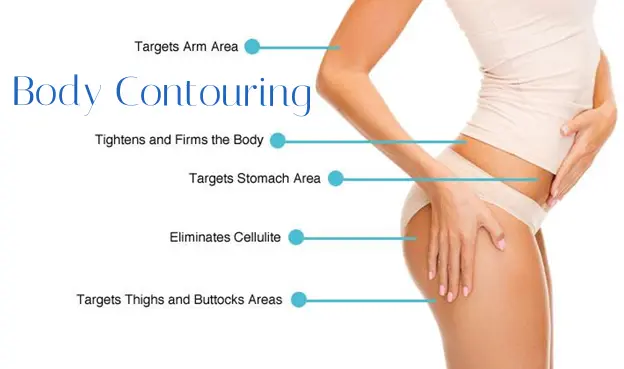
The Steps of Body Contouring Procedure
The surgeon performs the body contouring surgery at an outpatient day care facility or in an accredited hospital.
Administration of Anesthesia
For body contouring surgery, general anesthesia is usually administered. However, regional anesthesia like spinal or epidural may at times be all that is required and the patient may be awake during the procedure. If GA is used, the patient will wake up in a recovery room after the surgery is over.
Body Lift Procedures
Depending on the current condition of the body, the surgeon may go for one or more of the following body lift procedures to an evenly shaped body contour.
• Lower Body Lift: The surgeon usually will make an incision for the lower body lift at the hips following the groin crease and remove the excess fat, tissues and skin from the hips, buttocks, abdomen area and outer thighs. Upper and lower skin flaps will be stitched securely to give a tucked look. The procedure will also reduce the condition of cellulite.
• Tummy Tuck: This surgery removes the excess fat and sagging skin from abdominal regions. There are various types of tummy tuck surgeries and the surgeon will recommend one of the various types of tummy tuck surgeries, best suited for you. He will make an incision for a tummy tuck at the lower abdomen area along the bikini line.
• Breast Lift: This procedure helps in lifting the sagging breasts. It also involves the relocation of the nipples higher up in the breasts to make the breasts look round, firm and fuller.
• Mid-Thigh Lift: The surgeon will make an incision near the groin and removes the excess fat in the inner thighs. The scar lies along the groin crease and the inner thighs.
• Buttock Lift: For buttock lift, the surgeon will create an incision along the top of the buttock and sometimes, on the sides. Depending on your requirements, he will remove a certain amount of fat and skin from the buttocks giving it a lift.
• Arm Lift: This procedure corrects the sagging skin on the region of the upper arms. This surgery could sometimes extend down to the sides of the body. The incisions are present near the armpits and on the underside of the arms and for an extensive arm lift procedure; it may extend till the breasts.
Apart from these procedures of the trunk or torso, body contouring may also involve a facelift procedure where the surgeon removes the sagging skin and the wrinkles in the same surgery.
Recovery and Post-Surgery Care
After the completion of the surgery, the surgeon will keep you under observation for a few hours. You will have tubes placed inside the bandages and the surgeon will give you clear instructions about how to take care of it.
Here are the important ones:
Precautions
• Take rest for at least a week after the procedure.
• Do not engage in any heavy activities for the first four weeks.
• Wear loose clothing to ensure your stitches aren’t disturbed and drains can be manipulated.
• Take shower after seven days after the approval of the surgeon. Sponging can be done after third day.
• Wear compression garments for the first two months to ensure that your skin doesn’t expand soon after the surgery.
• It would be best if you didn’t go swimming or any deep cleaning body massages for the first four to six months.
Medications
The surgeon will give you painkillers for the first two weeks during which you will experience swelling, extreme pain and bruising. As the swelling and the redness subsidizes, the surgeon will stop the painkillers.
Lasting Effects
The effects of body contouring will be visible after two to three months when the swelling and the bruising goes away. You may require additional minor surgeries if you aren’t satisfied or wish to correct the excess skin in a specific body position.
To ensure that these results last for a longer period, you should stick to a healthy diet and regular exercises to keep yourself fit. Besides, it is essential to keep your body weight from fluctuating.
If you feel any discomfort, or notice swelling or bleeding, then call the surgeon instantaneously for immediate intervention if required. This may be needed only in the first 48 hours.
our surgeons:


